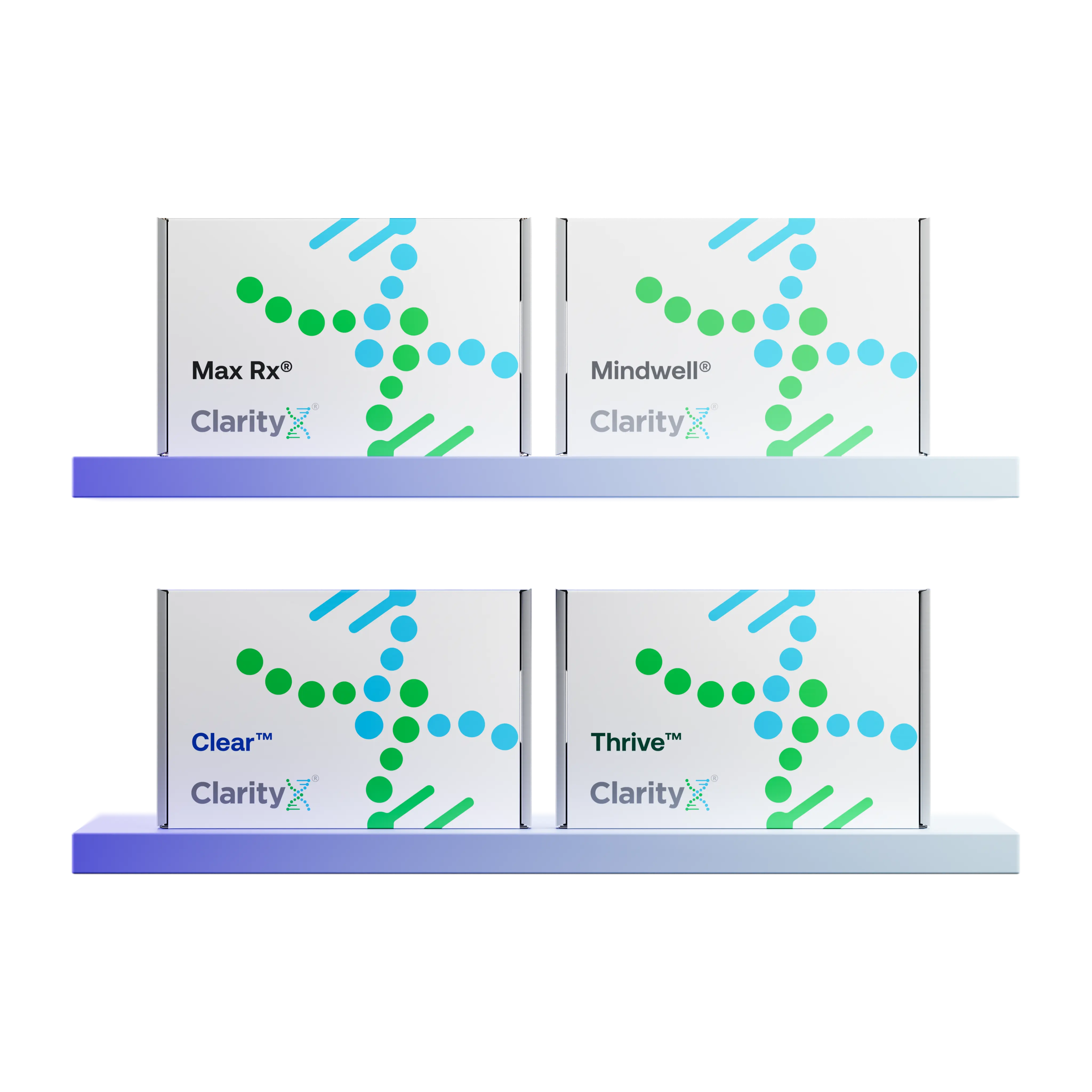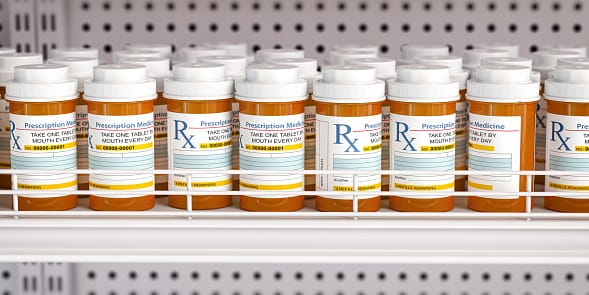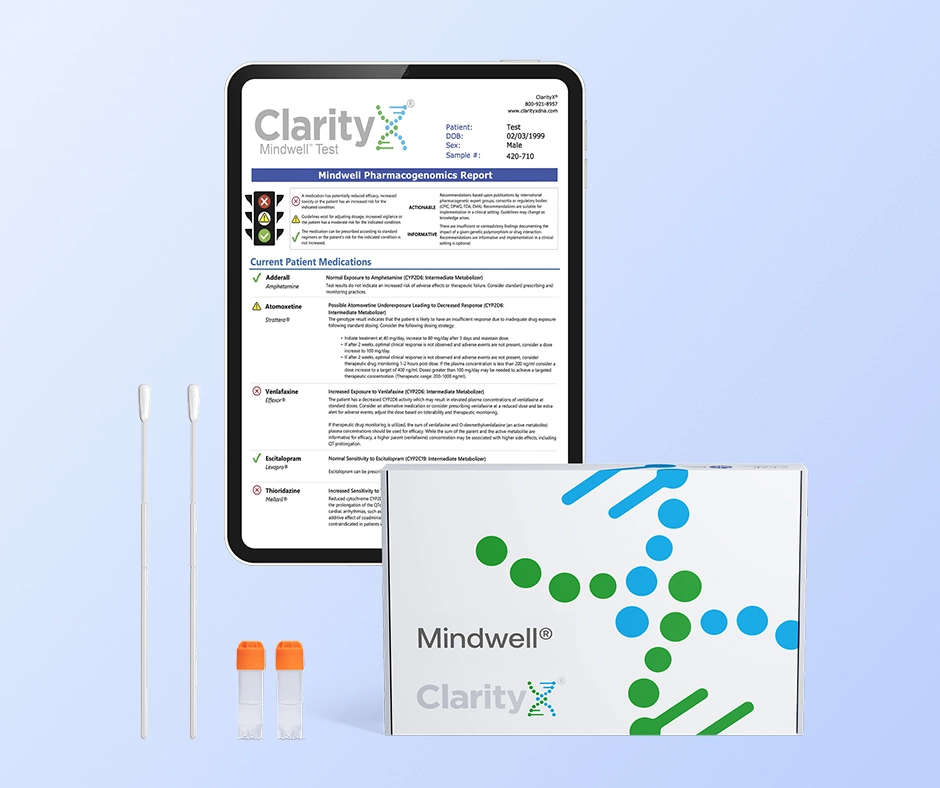Key Highlights
- Microplastics are tiny plastic particles that have entered our food chain, posing potential health risks.
- You can reduce exposure by making simple changes in your kitchen, like avoiding plastic packaging and containers.
- Microplastic pollution is found in both tap and bottled water; however, using a water filter can significantly reduce your intake.
- Common household items, such as cookware and synthetic clothing, are significant sources of microplastics.
- Heating food in plastic can dramatically increase the release of these particles.
- Choosing fresh, whole foods over ultra-processed options helps minimize contact with microplastics.
Introduction
Have you ever considered the invisible ingredients in your food and water? Microplastics are omnipresent, raising concerns about their impact on our health. While it’s impossible to avoid them entirely, this guide offers simple, practical steps to help you reduce your exposure and take control of your well-being.
Understanding Microplastics in Everyday Life
Though often invisible, microplastics are a part of our daily routines. These tiny plastic bits flake off everyday items and find their way into our bodies. Knowing their origins is the first step to reducing your exposure. The sources are surprisingly common, from a kitchen spatula to your morning tea. These particles are not only in our homes, but in our oceans. Let’s explore what microplastics are and how they get into our food, water, and air.
What Are Microplastics and Where Do They Come From?
So, what exactly are microplastics? They are minuscule plastic particles measuring less than five millimeters, while even smaller nanoplastics are less than 1,000 nanometers. Their small size allows them to travel easily through ecosystems and into our homes. They originate from two main pathways: primary microplastics, which are intentionally manufactured to be small (like in personal care products), and secondary microplastics.
The majority of these particles come from the breakdown of larger plastic items. Think about a plastic water bottle, a food container, or even a synthetic shirt. Over time, through heat use and degradation, these items shed countless tiny fragments. This constant shedding is a byproduct of massive global plastic production and our reliance on these materials.
Many common household items are big contributors to microplastic exposure. Plastic cutting boards, non-stick cookware, and plastic packaging all add to the problem. Even the simple act of twisting a plastic bottle cap, for example, can release hundreds of tiny particles into your drink.
How Microplastics Enter Our Food, Water, and Air
Microplastics have thoroughly infiltrated our food chain. How do microplastics get into the foods we eat? It often starts in the soil and water. Plants can absorb these particles through their roots, and animals may consume them in their feed or from contaminated water bodies. This means microplastics can be found deep within fruits, vegetables, and even meat.
Once these particles enter the environment, they can also act like magnets for other toxic chemicals, carrying them along as they move through the ecosystem. The journey of the microplastics into our diet includes:
- Contamination during food processing in factories that use plastic equipment.
- Leaching from plastic packaging directly into the food it contains.
- Accumulation in seafood from polluted oceans and rivers.
These tiny invaders are also present in the air we breathe, often in the form of dust from synthetic textiles and other household items. From there, they can settle on our food, adding another layer of exposure.
Identifying Major Household Sources of Microplastics
Your home is likely filled with more sources of microplastics than you realize. Many common plastic items we use for cooking, cleaning, and storage can shed particles without us even noticing. Identifying these sources is a crucial step in minimizing your family's exposure.
From your kitchen to your laundry room, plastic is everywhere. Plastic packaging, synthetic fabrics, and even cleaning sponges can contribute to the problem. Let’s take a closer look at some of these major household culprits and what you can do about them.
Common Plastic Products and Packaging
Plastic packaging is one of the most significant contributors to microplastic exposure in our food system. Studies show that simply opening a plastic package can release a burst of microparticles onto your food. Food stored in plastic containers, even for a short time, will inevitably contain microplastics.
Takeout containers are a prime example. One study estimated that people who eat takeout regularly could be consuming thousands of microplastic pieces from the containers alone. The problem extends to other forms of packaging as well:
- Plastic-lined aluminum cans, like those used for beans.
- Plastic bottles for water and other beverages.
- Wrappers and bags for produce and snacks.
The age of a plastic container matters. As plastic ages and is washed more often, it may shed even more tiny particles. Reducing your reliance on these items is a simple way to make a significant impact.
Synthetic Fabrics in Clothing and Home Textiles
Did you know your laundry could be a major source of microplastic pollution? Synthetic fabrics are known to shed large quantities of microplastics, especially during washing. These tiny synthetic fibers easily travel from your washing machine into wastewater and, eventually, into larger water bodies.
Fabrics like polyester, nylon, and acrylic are essentially plastics. Every time you wash clothes or textiles made from these materials, they release thousands of microscopic fibers. These particles also contribute to the dust inside your home, which you can then inhale. Reducing your daily exposure at home involves being mindful of these materials.
Consider these common sources of synthetic fibers:
- Clothing made from polyester or acrylic.
- Microfiber cleaning cloths.
- Carpets and upholstery made from synthetic materials.
- Thinking about the textiles you purchase and how you care for them can help you reduce your microplastic footprint.
Reducing Microplastics in Drinking Water at Home
The water we drink– whether from the tap or a bottle– can contain microplastics. In fact, some studies now suggest that bottled water may hold significantly more of these particles than once thought. Improving your home’s water quality is a practical step you can take to reduce your daily intake
While the problem seems widespread, you have effective options. Investing in a good water filter can make a noticeable difference, whether you primarily drink tap water or are trying to move away from bottled varieties. Let’s examine the best filtration methods and compare your water choices.
Best Water Filtration Methods for Removing Microplastics
Are there specific filtering methods for water that remove microplastics? Yes, and they are more accessible than you might think. Even simple, widely available filtration methods can be highly effective. A basic carbon filter, like the kind found in a pitcher, can remove up to 90% of microplastics from your water.
For more comprehensive removal of contaminants, you might consider an under-sink filter. Many of these systems are specifically certified to reduce microplastics, offering peace of mind. Some research also suggests that boiling tap water, letting it cool, and then filtering it can be an especially effective strategy, though it is less convenient for daily use. Membrane filtration is another advanced option known for its ability to block tiny particles.
Here’s a look at some common filtration options and their effectiveness:
Comparing Bottled Water vs. Filtered Tap Water
When it comes to microplastics, is bottled water safer than tap water? A recent study suggests the opposite. Research shows that, on average, bottled water contains more microplastics than municipal water from the tap. The simple act of twisting a plastic cap on and off can generate hundreds of particles per liter.
While tap water isn't entirely free of microplastics, filtering it is likely your best bet for reducing exposure. Switching to filtered tap water can significantly cut down on your intake, especially if you currently rely on bottled water. This change also helps reduce plastic waste.
Here’s why filtered tap water is often a better choice:
- A 2024 study suggests we have underestimated the concentration of microplastics in bottled water.
- Avoiding plastic packaging is one of the most direct ways to lower your microplastic intake.
- Carrying a reusable stainless steel or glass bottle with filtered water is a great alternative.
Find your perfect test
in just a few clicks
Our quiz matches you with the ClarityX® test that fits your health journey, personalized, simple, and clear.

Minimizing Microplastic Exposure in Your Kitchen
Your kitchen is a central hub for potential microplastic exposure. From storage to cooking, many common practices can introduce particles into your food. Using plastic containers, especially when exposed to high heat in a microwave, can release millions of micro- and nanoplastics.
The good news is that you can make simple swaps to create a safer food preparation environment. By being mindful of your utensils, cookware, and storage habits, you can drastically cut down on the amount of plastic that ends up in your meals. Let's explore some practical changes you can make.
Swapping Out Plastic Utensils, Containers, and Cookware
What changes can you make in your kitchen to lower microplastic contamination? Start by evaluating your tools. Plastic utensils and cutting boards are significant sources. One study found that chopping on a plastic board can release tens of grams of microplastics per year—roughly the weight of a serving of cereal. Scratched non-stick cookware is another culprit, potentially releasing millions of particles with each use.
Consider switching to more stable materials. Stainless steel utensils and glass mixing bowls are excellent alternatives. While silicone is often suggested as a safer choice, it can still degrade and shed particles under very high heat, though it is more stable than single-use plastics. There is no concrete evidence that it sheds fewer particles.
For a safer kitchen, try these swaps:
- Replace plastic cutting boards with wood or bamboo.
- Choose stainless steel or wood utensils over plastic ones.
- Inspect non-stick pans for scratches and replace damaged ones, possibly with cast iron or stainless steel.
Safer Alternatives for Food Storage and Preparation
One of the easiest changes is rethinking your food storage. Plastic containers, even those labeled BPA-free, can leach pollutants into your food, especially when heated or over long periods. Your safest bet is to avoid storing food in plastic whenever possible. Think of your plastic use like a budget, cutting back where it's easiest, like at home.
Glass containers are a good alternative for food storage. They don't shed particles, are safe for the microwave and dishwasher, and won't absorb stains or odors. You can find sets that are entirely plastic-free, using glass lids with silicone seals. This switch is a key step in reducing contamination in your kitchen.
Here are some safer alternatives for food storage and preparation:
- Store leftovers in glass containers instead of plastic.
- Avoid reusing single-use plastic takeout containers for food.
- Wash any plastic containers you do use by hand, as hot dishwasher cycles can degrade the material.
Making Smart Choices with Food and Produce
Microplastics have become embedded in our global food system, from the soil to the seafood on our plates. These particles can enter the food chain when consumed by animals or absorbed by plants. Unfortunately, this means they are present in everything from honey and bread to meat and fish.
However, you can still make choices that limit your intake. By paying attention to how your food is grown, processed, and packaged, you can take meaningful steps to reduce the amount of microplastics you consume. Let's look at how to handle produce and select foods to minimize your risk.
Washing Fruits and Vegetables to Remove Microplastic Residue
Does washing produce reduce microplastics on fruits and vegetables? While it can't eliminate particles that have been absorbed into the plant, it can help remove surface residue. Just as you wash produce to remove dirt and pesticides, a good rinse under tap water can help wash away some microplastic residue that has settled on the surface.
This is a simple but effective habit. For some foods, washing makes a significant difference. One study on rice found that rinsing it before cooking reduced the microplastic content by 20-40%. Similarly, washing meat and fish can help, though it won't remove the particles that are already deep within the tissue.
To effectively wash your produce, consider these tips:
- Rinse fruits and vegetables thoroughly under running tap water.
- Use a vegetable brush for produce with firm skin.
- Focus on whole, fresh foods, which generally have less processing and handling contamination.
Selecting Foods and Packaging That Limit Microplastic Intake
Is avoiding plastic packaging helpful for lowering microplastic intake? Absolutely. The more processed a food is, the more likely it is to have high plastic contamination due to the many touchpoints in a factory. Choosing fresh, whole foods is a great way to reduce the amount of microplastics you consume.
Shopping at a farmers' market is a good alternative, as you can often buy produce with no packaging at all. When you are at the grocery store, opt for loose fruits and vegetables instead of those pre-packaged in plastic bags or containers. Every time you choose a product without plastic packaging, you reduce a potential point of contamination.
Here are some smart food selection strategies:
- Buy fresh, whole foods instead of ultra-processed options.
- Choose items packaged in glass, metal, or paper when possible.
- Bring your own reusable produce bags to the store.
Daily Habits to Limit Microplastics Indoors
Beyond the kitchen, your daily habits at home can influence your microplastic exposure. Synthetic fibers from laundry, dust from carpets, and the use of plastic bags all contribute to the presence of these particles in your indoor environment. Simple adjustments to your cleaning routines can make a big difference.
By incorporating a few sustainable practices into your daily life, you can reduce the number of microplastics circulating in your home. Let's explore how to manage synthetic textiles and make eco-friendly choices when you shop to create a healthier living space.
Reducing Synthetic Fibers in Laundry and Cleaning Routines
Your laundry and cleaning routines are key areas where you can reduce microplastic shedding. Synthetic textiles, like those used in activewear and fleece jackets, are a primary source of microplastic pollution in our water bodies. Every wash cycle sends thousands of these fibers down the drain.
While avoiding synthetic fabrics completely is difficult, you can change how you care for them. Washing these items less frequently, using a colder water setting, and opting for a front-loading washing machine (which is gentler on clothes) can help. Special laundry bags or balls designed to catch microfibers are also becoming available.
To reduce fibers in your home, try these tips:
- Vacuum regularly with a vacuum that has a HEPA filter to capture airborne particles.
- Wipe down surfaces with a damp cloth instead of dry dusting, which can kick fibers into the air.
- Choose natural fibers like cotton, wool, or linen when buying new clothing and textiles.
Choosing Sustainable Shopping Bags and Eco-Friendly Products
Can switching to reusable shopping bags help limit microplastic exposure? Yes, it can. While the main benefit is reducing larger plastic waste, this simple switch is part of a broader mindset of choosing sustainable and eco-friendly products. Moving away from single-use plastics, including plastic bags, is a powerful step.
When you shop, think about the entire lifecycle of a product. Opt for items with minimal or plastic-free packaging. Choose reusable containers for bulk-bin items and bring your own cloth bags for produce. These small actions collectively reduce the demand for new plastic and limit the number of plastic items you bring into your home.
Here are some easy ways to shop more sustainably:
- Always keep reusable shopping bags in your car or by the door.
- Select products from companies that use sustainable packaging.
- Look for cleaning products and sponges made from natural materials instead of plastic.
The Role of Nutrigenomics in Microplastic Exposure
While reducing external exposure is key, your body's ability to handle microplastics and other toxins is also influenced by your genetics. This is where nutrigenomics, the study of the relationship between nutrition and gene expression, comes in. Research is exploring how certain genes, such as those involved in detoxification pathways, may affect an individual's processing and response to inflammation from environmental contaminants like microplastics.
The goal of a nutrigenomic test is not to eliminate exposure, which is nearly impossible, but to support your body's natural defense systems through personalized nutrition. By understanding your unique genetic predispositions, you can tailor your diet to enhance detoxification and reduce inflammation, which are two key ways your body responds to microplastic exposure.
This field is still developing, but it highlights a crucial point: everyone's response to environmental factors can differ. By making smart dietary choices, you can potentially bolster your resilience from the inside out.
Conclusion
Incorporating small changes into your daily routine can significantly help reduce your exposure to microplastics. From swapping out plastic utensils to choosing sustainable shopping bags, every step counts towards a healthier lifestyle for both you and the environment. Remember, being mindful of the products you consume and the materials you use at home can create a ripple effect in minimizing microplastic pollution. By making informed choices and adopting eco-friendly habits, you not only enhance your well-being but also contribute to a cleaner planet. If you're ready to take action and need personalized advice, don’t hesitate to reach out for a free consultation. Together, we can create a more sustainable future!
Frequently Asked Questions
Are microplastics in drinking water harmful to health?
The full scope of health risks is still being studied, but there are growing concerns. Microplastics in drinking water can carry heavy metals, toxic chemicals, and other contaminants. Some studies have linked exposure to issues like inflammation and disruption of gut health, but more research in humans is needed to understand the long-term effects.
Can using reusable bags and containers really reduce exposure?
Yes, absolutely. Switching to reusable bags and glass or stainless steel containers is a direct way to reduce your exposure. Since plastic bags and single-use plastic containers shed microplastics, avoiding them means less contamination of your food and home environment. It's a simple change with a tangible impact.
Do all water filters remove microplastics effectively?
Not all water filters are created equal, but many are highly effective. Even simple carbon-based pitcher filters can remove a high percentage of microplastics from tap water. For more thorough filtration of tiny contaminants, look for filters certified for microplastic reduction or consider advanced methods like reverse osmosis or membrane filtration.
References:
https://www.purewaterproducts.com/articles/undersink-filters
https://www.watertechnologies.com/knowledge-hub/what-is-membrane-filtration
https://fibershed.org/2022/01/11/what-you-need-to-know-about-microplastics-and-textile/
https://pubs.acs.org/doi/10.1021/acsestwater.4c00316
https://clarityxdna.com/blog/nutrigenomics-revolutionizing-personalized-nutrition/




